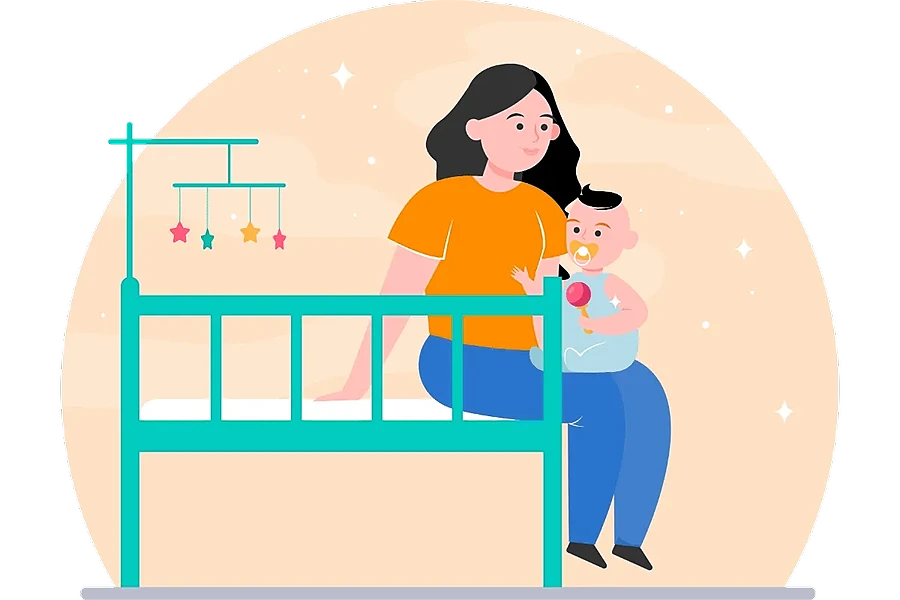
Babies not only develop physically but also cognitively (mentally) throughout the first 2 years of life. They create new links and pathways between nerve cells, both inside their brain and between their brains and bodies, every day as they communicate with and learn about their environment. Although physical growth and improvement are easily observed and measured in precise terms, such as in inches and pounds, it is a little more difficult to assess cognitive change and development as clearly. Most of what experts know about mental and cognitive development is also based on the thorough study of developmental theorists and their theories, such as the cognitive development theory of Piaget and the psychosocial stages of Erickson. The ecological model of Bronfenbrenner also helps to some degree to understand infant mental development.
The sub-stages include reflexive behaviour, primary circular reactions, secondary circular reactions, coordination of secondary schemes, tertiary circular reactions, and beginning or representational thinking. Piaget divided infancy into six sub-stages, which have been somewhat changed over the years as new studies and developments have taken place. Although these sub-stages sound extremely confusing and complicated, to clarify them and illustrate the essential aspects of each, they will be discussed in more depth in the next paragraphs.
The reflexive operation, which lasts from birth to about 1 month, is the first substage. When babies participate in reflexive behaviours such as sucking when a bottle or breast is provided, or other reflexes covered earlier in this article, according to Piaget, they learn about their environment and how they can communicate with it. Babies don’t think reflexively about behaving; they instinctively carry out those reflexes.
The second substage is primary circular reactions, which spans the ages of 1 to 4 months. During this time, babies intentionally repeat actions that please them and desired outcomes. In other words, they do things on purpose because it feels good or it gets them what they want. For example, a small infant may suck on her fist because it feels good to her and it soothes her. Researchers suggest babies of this age can also establish expectations about circumstances of cause and effect. After they witness the first event, babies will begin to see that a sequence of events is linked and begin to anticipate the second event. A baby of this age, for example, may learn that when they see a bottle, they expect to be fed soon. The assumptions of babies regarding the predictability of their environment form the basis of Erickson’s finding that young infants learn to either trust their environment or fear it. If a kid knows the pattern they need, such as hunger or discomfort, and the need is met regularly, they learn to expect to meet their needs and learn to trust. On the other hand, if babies learn a pattern of needs and those needs are not fulfilled regularly, they will learn to assume that their needs will not be met and they will learn to mistrust the world around them.
Join Master Positive Parenting for baby’s right future.
